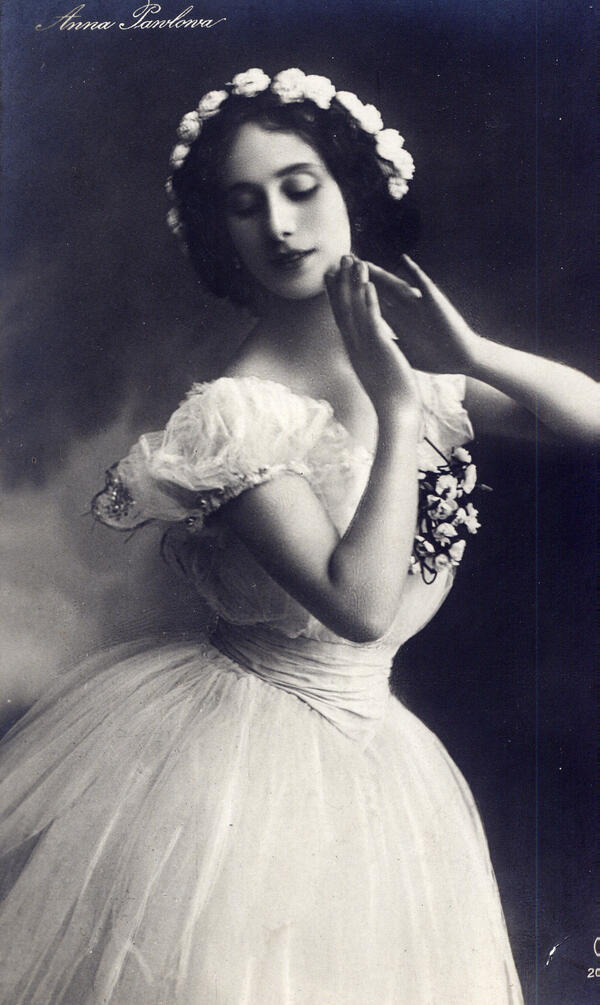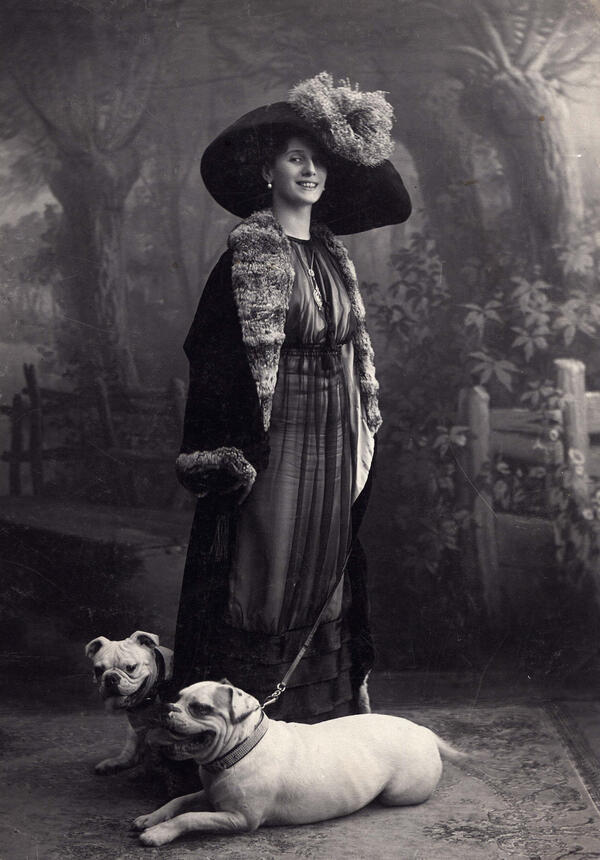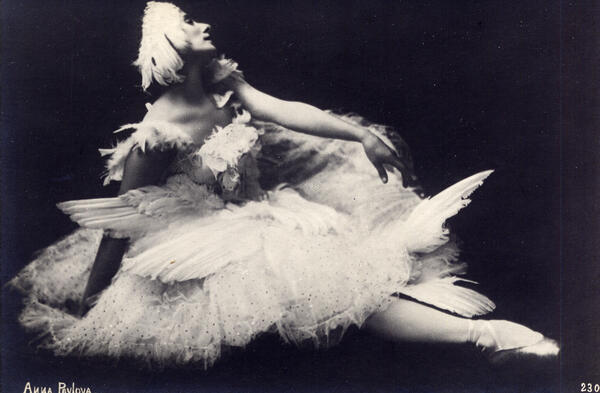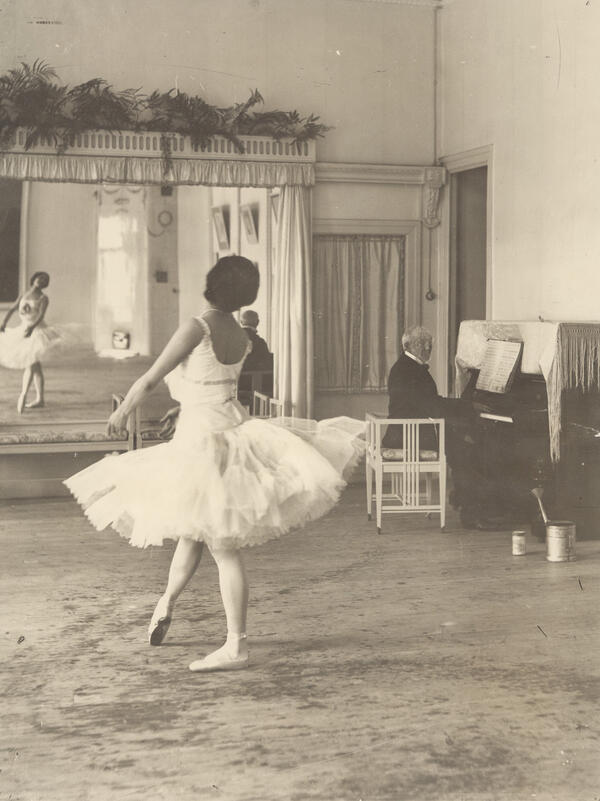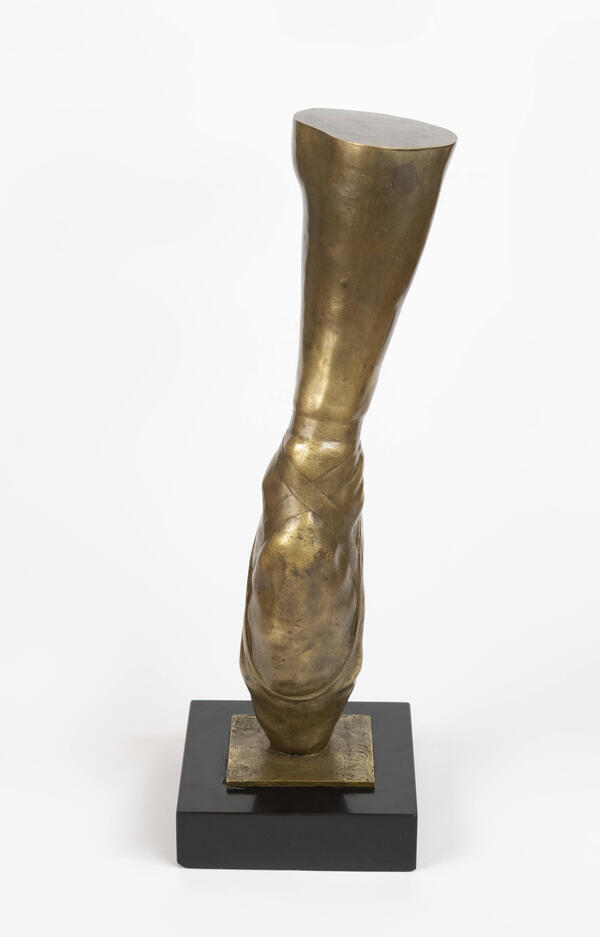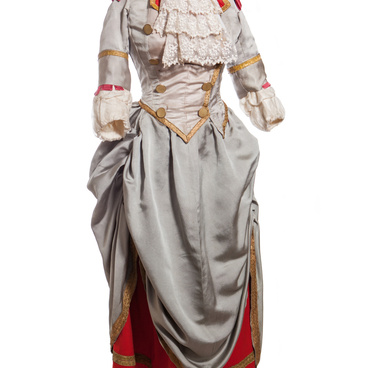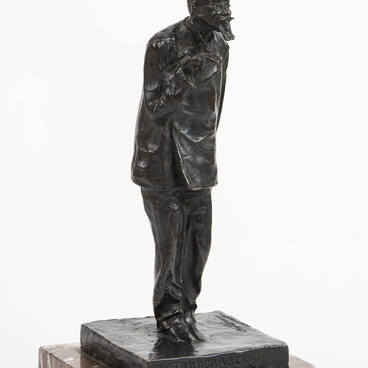Having received great training in Saint Petersburg and following all the traditions of classical ballet, Anna Pavlova always maintained her unique individuality. The ballet critic Valerian Svetlov described her in the following way,
Foot cast of Anna Pavlova
Время создания
1913
Место создания
France
Размер
46,5x17x17 cm
Техника
bronze, decorative stone, casting
Коллекция
Выставка
12
Открыть в приложении#10
#21
Each of her dances, each costume, each line of her positions, each movement and each pause are true marvels of lightness, beauty, and plastique.
#20
Anna Pavlova enchanted the audience not only with her wonderful grace, beauty, and harmony of lines but also with the deeply dramatic portrayal of characters and high spirituality.
#11
Anna Pavlova in “Chopiniana”, a ballet to music by Frédéric Chopin. 1910
#12
The performances as Nikiya in “La Bayadère”, Odette in “Swan Lake” and Giselle in the eponymous ballet revealed Pavlova’s exceptional dramatic talent. Audiences were mesmerized by her lively dance as Kitri in “Don Quixote.”
Apart from classical ballets, Anna Pavlova gave brilliant performances of the so-called character dances that included elements of folk choreography, reflecting the unique national atmosphere of folk dances. Her character dances included a Spanish panaderos in “Raymonda, ” a fandango in “Carmen, ” and a Ural dance in “The Little Humpbacked Horse.”
Apart from classical ballets, Anna Pavlova gave brilliant performances of the so-called character dances that included elements of folk choreography, reflecting the unique national atmosphere of folk dances. Her character dances included a Spanish panaderos in “Raymonda, ” a fandango in “Carmen, ” and a Ural dance in “The Little Humpbacked Horse.”
#13
Anna Pavlova. 1908
#14
In 1907, she started working with Mikhail Fokine. Together, they created a non-narrative romantic ballet “Les Sylphides.” The same year, Fokine choreographed the solo dance “The Swan” set to music by Camille Saint-Saëns. This dance is regarded as a true ballet masterpiece. The performance by Anna Pavlova was so poignant that the dance was renamed as “The Dying Swan.”
#16
Anna Pavlova in “The Dying Swan”, a dance set to music by Camille Saint-Saëns. 1910
#15
After the beginning of World War I, Anna Pavlova left for England and continued to tour with her troupe around the world. Pavlova had a wide repertoire and a very busy schedule. While touring the world, she visited all the continents and even the most remote regions, including Australia, South America, Japan, China, Burma, and the Philippines.
#18
Anna Pavlova rehearses with Enrico Cecchetti. 1905
#19
The silhouette of Anna Pavlova in “Les Sylphides” created by Valentin Serov for Sergei Diaghilev’s troupe at “The Russian Seasons” became a symbol of Russian ballet. The image of Anna Pavlova inspired many painters, sculptors, poets, and directors. One of the tributes to her talent is this statue from the museum’s collection. It depicts her graceful foot in a pointe shoe.
#22
1 / 3
Foot cast of Anna Pavlova
#9
Ministry of Culture of the Russian Federation
читать дальшескрыть
00:00
00:00
1x
Foot cast of Anna Pavlova
Время создания
1913
Место создания
France
Размер
46,5x17x17 cm
Техника
bronze, decorative stone, casting
Коллекция
Выставка
12
Открыть в приложении
Поделиться


